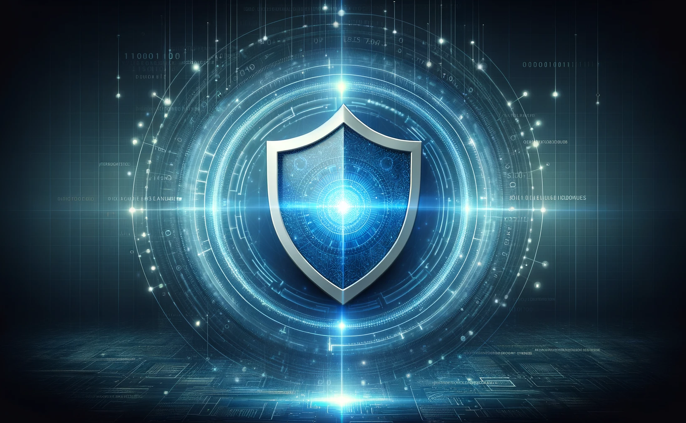Dark web marketplaces, also known as darknet markets, are on the rise despite continuous efforts by law enforcement to shut them down. These illicit platforms serve as a hub for cybercriminals to trade hacking tools, services, stolen data, and other sensitive information obtained from cyberattacks. This underground economy democratizes the use of malicious software, phishing kits, email extractors, and other cyber tools, allowing even inexperienced cybercriminals to engage in illicit activities.
The increasing sophistication of tools and technologies, such as AI, has fueled the proliferation of ransomware and malware-as-a-service (MaaS), making cybersecurity more crucial than ever for organizations. To address and mitigate vulnerabilities that expose them to cyber attacks, organizations must familiarize themselves with the tools and tactics employed by cybercriminals.
Recent statistics from the UK show that half of businesses in the country experienced a cyber attack or breach, with phishing being the primary attack type. The prevalence of phishing attacks, aimed at stealing credentials and sensitive information, underscores the importance of prioritizing cybersecurity efforts in organizations. Understanding cybercriminals’ motives and tactics is essential for organizations to effectively combat cyber threats.
The landscape of cyber threats is evolving rapidly, with cybercriminals using more sophisticated techniques and providing tools to facilitate attacks by less experienced actors. Cases like the Snowflake data theft and extortion demonstrate the extent of damage that MaaS attacks can cause, with stolen data becoming a valuable commodity on darknet markets. The availability of hacking tools and sensitive information to a wide range of cybercriminals poses a significant challenge to organizations striving to defend against cyber attacks.
Organizations can leverage insights from the hacker’s playbook to bolster their cybersecurity defenses. As deepfake-related tools increase on the dark web, organizations must stay ahead of AI-driven cyber attacks. Proactive defense measures, including behavioral analytics and AI-driven threat detection, can help organizations outsmart cybercriminals before they succeed in launching an attack.
Key data points, such as personally identifiable information (PII) and financial information, are highly sought after by cybercriminals on the dark web. Protecting these valuable assets through proactive defense measures and enhanced password security is crucial for organizations. Implementing multi-factor authentication, token authentication, and biometric identification can provide an additional layer of defense against sophisticated hackers and novice cybercriminals.
As darknet markets continue to thrive, organizations must adopt a proactive approach to cybersecurity to safeguard their digital identities. By staying informed about emerging threats and focusing efforts on protecting critical data assets, organizations can enhance their resilience against cyber threats. As cybercrime evolves alongside technology, organizations must continuously adapt their cybersecurity strategies to mitigate risks and secure their digital operations.


